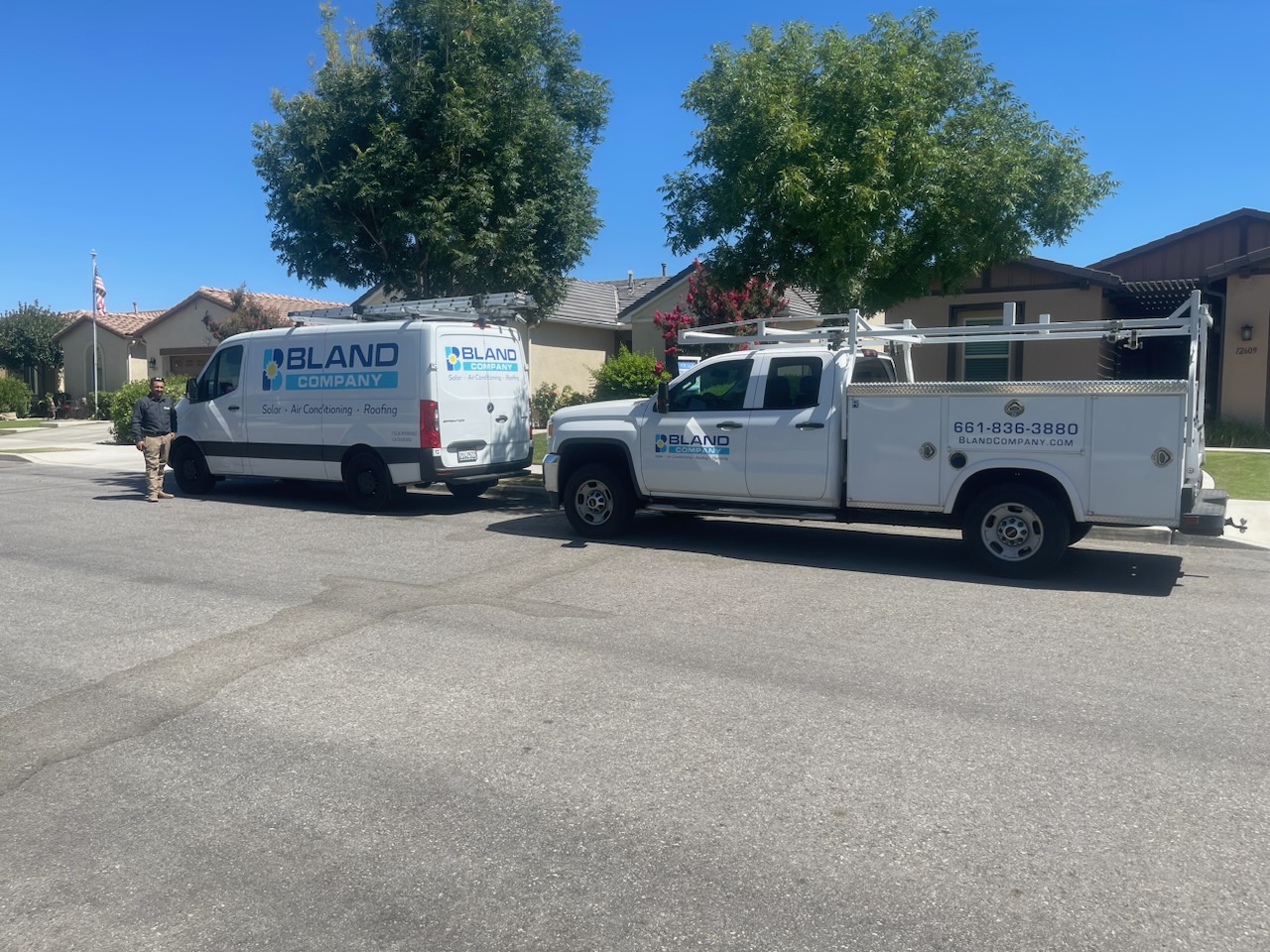For over 40 years, Bland Company has been dedicated to ensuring the comfort and safety of our customers. We believe in providing appropriate, affordable solutions tailored to the unique needs of every homeowner. Unlike others focused solely on profits, our priority is you—anticipating your needs and serving your best interests.
Bland Company is dedicated to providing an appropriate,
affordable solution for problems that are faced by every homeowner. While other companies are focused on the bottom line, we are focusing on the customer, anticipating your needs, and serving your best interests. Whether you came to us for Solar, Air Conditioning, Heating, Plumbing, or Roofing, we will treat you with respect and provide the highest quality of service from start to finish. Our clients are the reason we offer warranties on all of our installations.
Bland Company doesn’t sell products, we find solutions and provide benefits for homeowners. Through the relationships we build, we are able to help our customers live better lives. Proudly serving our community in Bakersfield, Fresno, Atascadero, and other surrounding cities.







